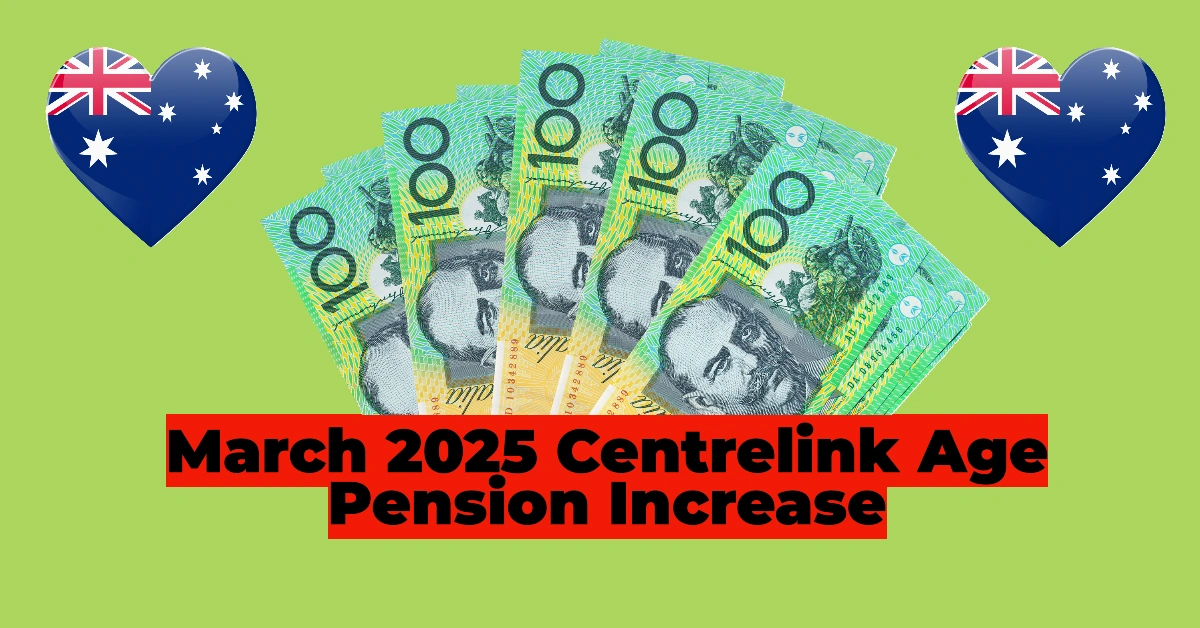As the Bank of Canada (BoC) continues to cut its policy rate, many Canadians are optimistic about a future of lower fixed mortgage rates. However, while variable mortgage rates are set to fall further, fixed rates may defy expectations and rise. Here’s why homeowners and prospective buyers should be cautious about betting on declining fixed mortgage rates.
Table of Contents
A Quick Recap of the Rate Landscape
The BoC raised its policy rate aggressively following the pandemic to combat soaring inflation, pushing it to a peak of 5.0%. With inflation now returning to more manageable levels, the central bank has begun easing its monetary stance, bringing the rate down to 3.75% as of November 2024.
Experts predict further cuts—likely between 1.00% and 1.50%—to bring the rate closer to the neutral range of 2.5% to 3%, where it neither stimulates nor restricts demand.
Variable vs. Fixed Rates
- Variable Mortgage Rates: Directly tied to the BoC’s policy rate, these rates will continue to decrease as the central bank makes additional cuts.
- Fixed Mortgage Rates: Influenced by Government of Canada (GoC) bond yields, which reflect market expectations of future rates and broader economic factors, including movements in US Treasury yields.
While BoC rate cuts affect variable rates directly, fixed rates are largely decoupled from the central bank’s immediate actions.
Toronto Homes Listed for $7 Million Set to Be Demolished for Controversial Condo Development
Toronto Mansion Listed for $10 Million, But There’s a Big Catch
Toronto and Vancouver Mortgage Debt Expected to Surge to Decade-High Levels, CMHC Reports
Toronto Home Gets Stunning Scandinavian Glow-Up $5.5 Million Masterpiece
Why Fixed Rates May Rise Despite BoC Cuts
The Role of Bond Yields
Fixed mortgage rates in Canada are closely linked to GoC bond yields. These yields are forward-looking, incorporating market expectations for future BoC rate movements. Importantly, GoC bond yields are also heavily influenced by US Treasury yields, which have been on an upward trajectory recently.
What’s Driving US Treasury Yields Higher?
- Inflation Concerns: US inflation increased from 2.4% in September to 2.6% in October 2024, leading investors to believe the Federal Reserve may slow its pace of rate cuts.
- Political and Economic Factors: US Treasury yields spiked earlier this year amid rising confidence in a Republican-led economic agenda following the presidential election.
- Fed’s Rate-Cut Timetable: Expectations of a more gradual rate-cut schedule by the US Federal Reserve have pushed bond yields higher.
As US Treasury yields rise, GoC bond yields tend to follow, pulling Canadian fixed mortgage rates upward.
Best Mortgage Rates in Canada Nov 2024
Bank of Canada Historic 3.75% Rate Cut: Key Impacts on Mortgages, Loans, and Savings 2024
CMHC Report Highlights: 2025 Mortgage Renewal Risk Impact on Canadian Homeowners
Bank of Canada Official Cautions Against Adjusting Mortgage Rules to Address Housing Affordability
Toronto, Vancouver Among Best Buyers’ Markets in Canadian Real Estate Right Now
The Fixed vs. Variable Debate: A Word of Caution
Borrowers often consider switching from variable to fixed rates mid-term, betting that fixed rates will drop further. However, the current economic dynamics suggest this strategy might backfire.
- Fixed Rates May Not Drop: The BoC’s expected rate cuts are already priced into current GoC bond yields. Any additional decline in bond yields—and, by extension, fixed mortgage rates—would require an unforeseen economic catalyst, such as a sharp economic slowdown.
- Variable Rates Are Falling: With the BoC continuing to cut its policy rate, variable mortgage rates will become increasingly attractive.
The narrowing gap between fixed and variable rates could happen faster than anticipated, leaving borrowers with fewer options.
Rate Table Snapshot (November 2024)
| Mortgage Type | Average Rate |
|---|---|
| Fixed 5-Year Rate | 5.19% |
| Variable 5-Year Rate | 4.25% |
What Borrowers Should Do
1. Understand Market Dynamics
Keep an eye on GoC bond yields and US Treasury yields, as these will be the most significant indicators of where fixed mortgage rates are headed.
2. Consider Variable Rates
For borrowers looking for short-term savings, variable rates tied to the BoC’s cuts may offer better value.
3. Lock In Early if Choosing Fixed Rates
If you prefer the predictability of fixed rates, consider locking in your rate sooner rather than later, as rising bond yields could lead to higher fixed rates.
4. Reassess Mid-Term Conversion Strategies
If you’re on a variable rate, think twice before planning to switch to a fixed rate mid-term. Rising fixed rates could eliminate the potential savings of such a move.
Canadian Rental Prices Fall for the First Time Since 2021 in big Urban Cities
8 Canadian Cities Where You Can Buy Luxury Homes for $100K or Less
Toronto vs. Vancouver 2024: Which City Offers the Best Jobs, Housing, and Lifestyle?
Toronto Housing Market Forecast 2025: Trends, Insights, and Predictions
Rent Inflation in Canada Set to Slow: Desjardins Predicts Relief on the Horizon Immigration Cutbacks
The Bottom Line
While the BoC’s rate cuts will bring relief to borrowers with variable mortgage rates, fixed rates are charting a different course. Rising US Treasury yields, coupled with lingering inflation concerns and shifting market dynamics, may push GoC bond yields—and Canadian fixed mortgage rates—higher in the coming months.
For borrowers, forewarned is forearmed. Stay informed, evaluate your mortgage options carefully, and plan for the possibility of higher fixed rates even as variable rates decline.
Home: Southern Ontario Smart News








